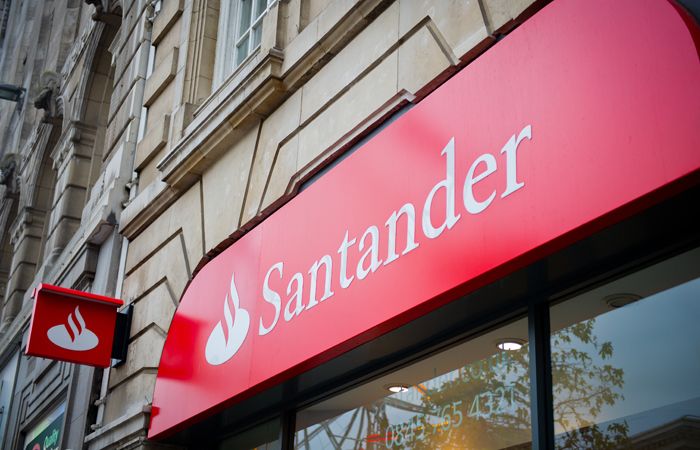
With residential homes responsible for 21% of the UK’s carbon emissions, the property industry has recognised its pivotal role in improving the energy efficiency of existing housing stock.
Growing concern about the global climate crisis, coupled with soaring energy prices and high costs-of-living, has urged consumers to find ways to increase their homes’ energy efficiency and save money at the same time.
Responding to the shift towards sustainable lifestyles and the rising demand for products that can help to reduce energy bills, lenders have launched products to financially reward consumers for making green home improvements.
Whilst the availability of green products has increased, there is still confusion amongst consumers around the types of products on offer and their benefits. To bridge this information gap, brokers will be fundamental to helping homeowners understand the green mortgage market and tackle any misconceptions.
Advising clients on what is on the market that is suitable for them, which eco-friendly changes they can make to their property to save money on household bills in the long term and the return on investment homeowners can expect, is essential.
While clients see the value of green products in having a positive impact on the environment, they will also want to see a return on their investments, especially in the current economic climate.
Fortunately, there is no need for a trade-off between the two interests, as green mortgages usually offer lower interest rates, extended loan terms and energy cost savings.
By making use of energy efficiency tools, brokers can show clients their EPC rating, information on CO2 emissions, estimated energy costs and suggested improvements based on the desired budget. By calculating the potential energy and cost savings, brokers can help clients work out their return on investment from these green changes.
Not only can going green benefit clients with energy bills in the short term, but it can also be an advantage when they come to sell. It’s evident that energy efficiency is becoming an increasingly influential factor when buying a home, with almost nine in 10 prospective buyers deeming energy efficiency of a home as important.
This trend is set to continue, and with expensive energy bills and EPC legislation changes to consider, energy efficient homes will only increase in popularity.
Brokers are key to communicating the long term financial advantages of making eco-friendly home improvements to consumers. Discussing which sustainable improvements and financial solutions are a right fit for clients will add value to any conversations with homeowners, and can help clients to achieve their long term goals.
Contrary to popular belief, green products are not limited to new build properties, and with the need to improve the energy efficiency of existing housing stock, we cannot only rely on new build properties to reduce our carbon footprint.
As such, some lenders have introduced green products that allow brokers to help their clients with the cost of retrofitting older homes with sustainable features.
For instance, there are green mortgages on the market which help homeowners with lower EPC ratings. For instance, products which rewards clients for retrofitting their properties with energy efficient features, including insulation improvements, energy efficient heating systems and upgraded windows and doors.
As sustainability continues to be a priority for the industry, we will see the green mortgage market expand with products that help homeowners fund green home improvements, whilst at the same time, help them to save money in the long term.
Going forward, brokers have an integral role to play in helping their clients to successfully navigate the green mortgage market, imparting their knowledge on the benefits of sustainable options and identifying products which help them to create a greener home.
Jonathan Stinton is head of intermediary relationships at Coventry for Intermediaries



